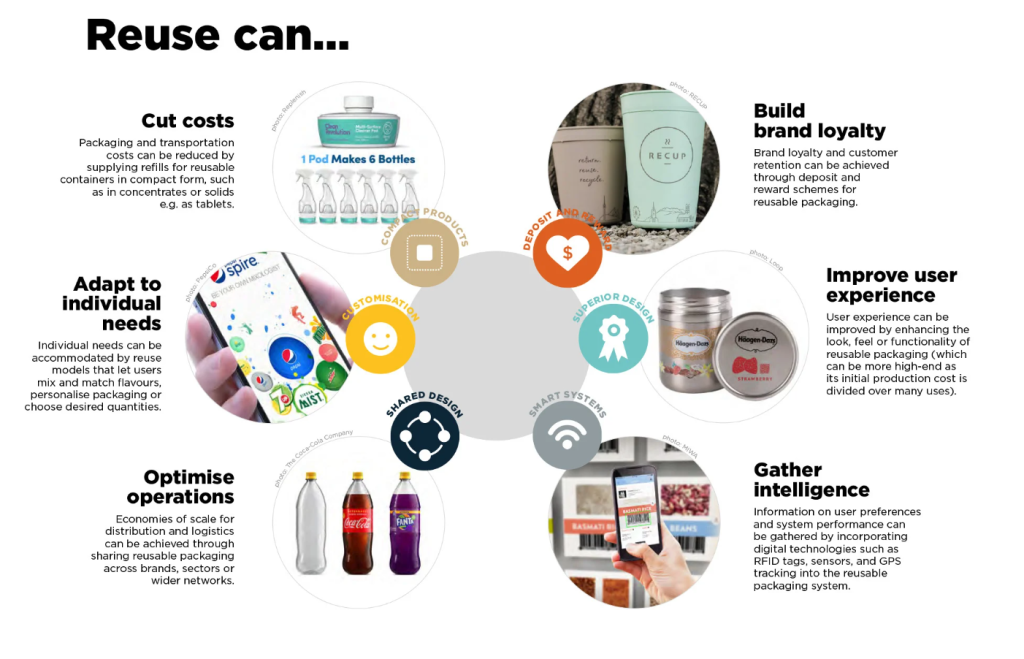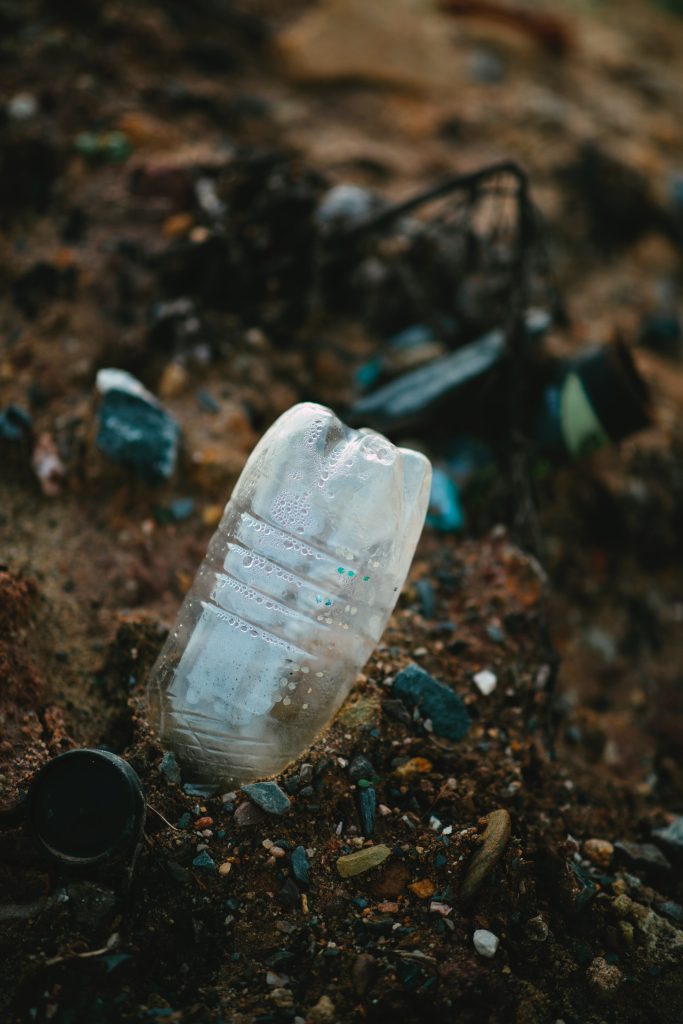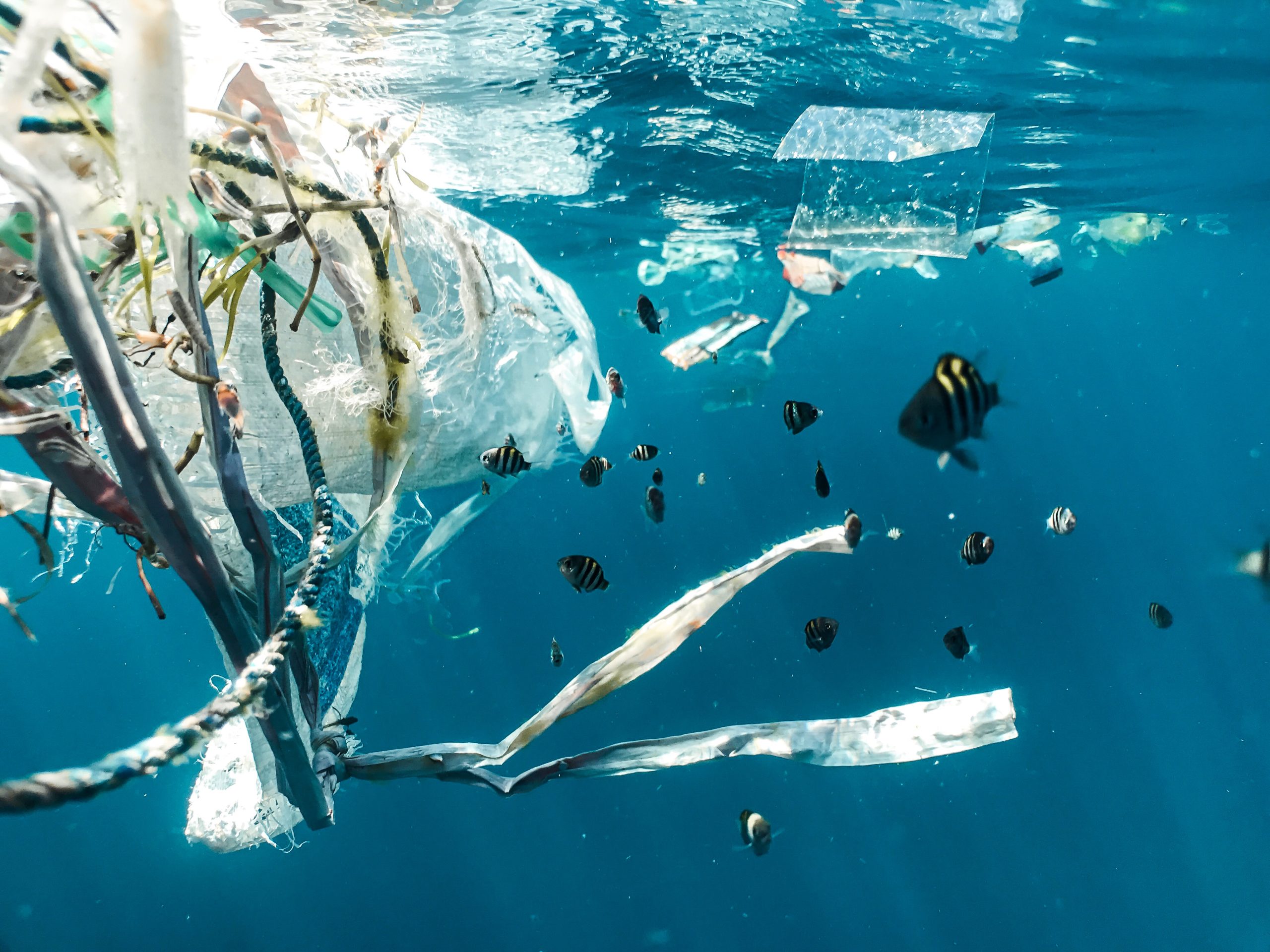Written by: Johnny Wood
Think about how many products you buy each week. Now, how many of them come in containers made of single-use plastic, glass or other materials?
What if this packaging could be reused? Not recycled, but collected, cleaned and reused.
Globally, 141 million tonnes of plastic packaging is manufactured each year, and its production, use and disposal generates about 1.8 billion tonnes of CO2 emissions.
The growth of recycling has improved things, but still only about 14 percent of plastic is collected for recycling, according to the Ellen MacArthur Foundation.
Global waste management company TerraCycle is disrupting business-as-usual by introducing a circular economy model that encourages the reuse of plastic packaging, to make shopping more sustainable.

TerraCycle participates in and chairs committees on the circular economy for the World Economic Forum, and supports other local, national and global organizations in areas such as developing extended producer responsibility.
Here, as part of the Sustainable Development Impact Meetings 2023 (SDIM), TerraCycle founder and CEO Tom Szaky explains how the company’s Loop packaging reuse system came about and why it is helping to reduce single-use plastic consumption.
How did the idea for Loop come about?
As a recycling company about 10 years into our journey, we asked ourselves, is recycling going to solve waste at the root cause?
We landed on “no” as the answer. Recycling is a really good answer to the symptom of waste, but it’s not going to eliminate the idea of waste, which is actually our mission.
The waste is really in existence because of disposability: the idea that products are made to last a very, very short time.
We found there needs to be a platform that makes it easy for brands to enable reusable versions of their products, and for retailers to be able to sell those easily to consumers and of course, for consumers to easily buy and send them back.
Loop was effectively created to be a global platform for reuse, and also act as the waste management function of reuse. A company that can collect all of these empties, clean them and return them back to brands to refill.
How does Loop work?
If you walk into a participating store you see a “reuse” section, similar to how you would see an organic section. The reuse section has some of your favourite brands offering their products in fully reusable packaging.
Customers pay about the same for the content, but pay a unique deposit for every package, which changes depending on whether it’s an aluminium bottle, a glass bottle or whatever. Once the products are consumed, all those dirty packages can be put in one bag and dropped off at any participating retailer.
We check it in and return all your deposits no matter what state you return the packaging in. We sort the different containers, clean them, and the brands take them and refill them and then they go back on the shelf for another journey.
We love this idea of making the reuse return process feel like putting a bag of rubbish out.
How do you get buy-in from customers to change their behaviour and embrace reuse?
Many times in the reuse movement, we vilify disposability and we say how bad it is. And then we say, “well, here’s alternatives where you have to work a little harder to then be more virtuous”.
And what we found is that convenience is critical for the three major actors in the system, the brands who make goods, the retailers who sell them and the consumers who consume them. And the gold standard of convenience is disposable consumption.
Our mantra at Loop is “we need to make reuse feel like disposability”, put it on a pedestal and try to emulate those virtues, but do that in a reusable system where we don’t produce waste.

How has Loop managed to operate at scale so quickly?
When people experience reuse they don’t want to do it on one product here and then everything else is disposable. It’s like the organic concept: you’re not going to make a salad where the tomatoes are organic, but everything else is conventional.
You need to be able to effectively live in that ecosystem at the retailer you shop at today and with the products that you buy today.
In just a few years, Loop has been able to partner with 200 major consumer product companies, from Procter & Gamble to Nestlé, and major retailers from Carrefour to Walmart.
It’s still the same laundry detergent they love, at the same retailer they shop at, for example. It just happens to be in a reusable vessel versus a disposable one. Let’s lean into what people really care about, which is primarily convenience, then what the products bring them, and then the price point, and shift behaviour as little as possible to create the biggest dynamic benefit for the planet.
What barriers did you face in taking a disruptive idea from drawing board to operating at scale?
The biggest challenge for us has been how to transition a project from a sustainability initiative to a commercial priority. There’s this huge chasm to cross when you move from a small pilot to a scaled project.
One of the central points that’s worked well is partnering with the number one retailer in every country where we work, because that retailer can really enable that commercial priority for the brands, which allows the supply chain to exist so other retailers can join in.
We found that we couldn’t get the same commercial priority established with brand owners. Reuse is a retailer-driven movement, very similar to the idea of e-commerce. When e-commerce came out, brands resisted it. They didn’t want to make e-commerce-friendly packaging and deal with this huge disruption to their supply chain, but this changed when there was enough commercial priority put against it by the retailers that move their business.
How can people support sustainable initiatives like Loop?
We vote for the future we want, multiple times a day with actual money, with what we buy and what we don’t buy. And I would argue that’s a powerful vote, because in the end, what companies are in the business of is figuring out what we want and getting that to us.
And so if we don’t buy something, it will disappear. And if we buy something, more of it will appear. So let’s remember that next time we shop, we are affecting the outcome of the world.
My hope is that we can somehow solve this idea of waste. And I’m optimistic that it can be done, because waste is an incredibly modern idea. Waste was only invented in the 1950s, which means it is only 75 years old as a concept and it doesn’t exist in nature whatsoever.
*The above interview with Tom Szaky has been lightly edited for clarity.
Header Image Credit: Naja Bertolt Jensen / Ocean Image Bank
Republished with permission from World Economic Forum







